
ENERGY-SAVING solutions FOR GLASS TEMPERING
ENERGY-SAVING solutions FOR GLASS TEMPERING
Tempering is one of the most important processes in a glass processing factory. It is the only way to increase the safety, strength and durability of the end product. At the same time, this process requires a lot of energy. After all, glass needs to be heated up to +600 °C and then cooled down back to room temperature.
Therefore, when looking for ways to save energy in a glass processing factory, a tempering line often offers the most significant potential.
VORTEX PRO CONVECTION
The Glaston Vortex Pro convection upgrade is one of the easiest and most cost-efficient ways to improve the productivity and energy efficiency of your RC tempering line.
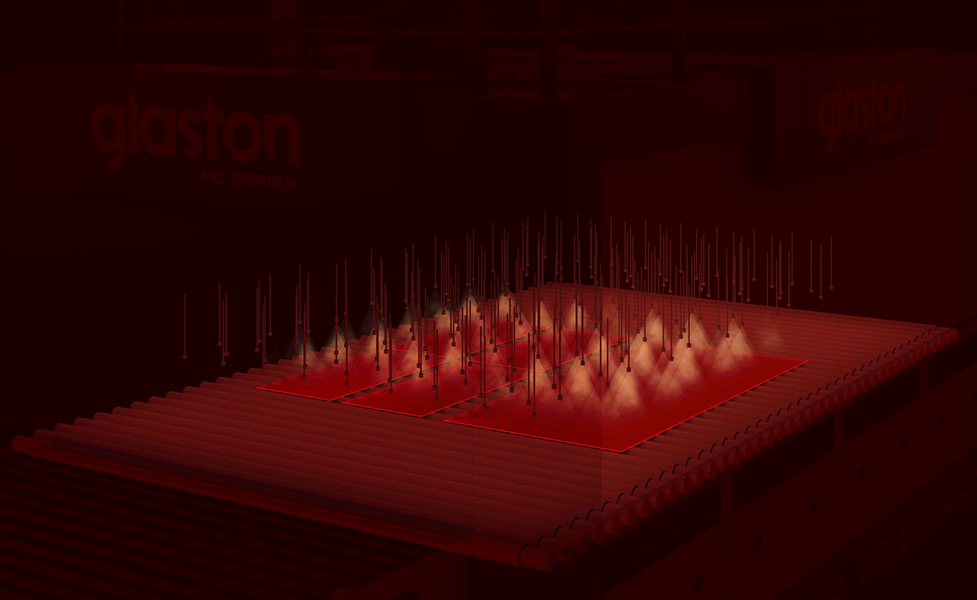
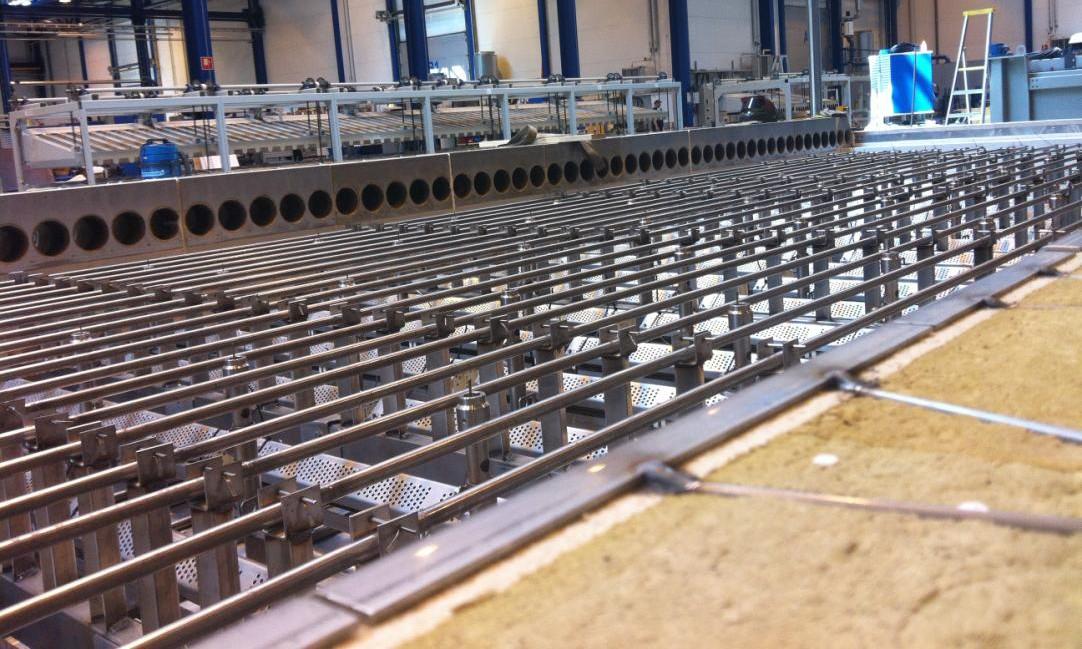
ROLLER HEAT CONTROL (RHC) TECHNOLOGY
Roller Heat Control technology automatically controls roller heat using an accurate measurement system.
HEATING CHAMBER REPLACEMENTS
The Glaston FC- and RC-zones heating chamber upgrade – with the latest Insight iControL automation system – is designed to be a quick and cost-efficient modification for your existing tempering line.
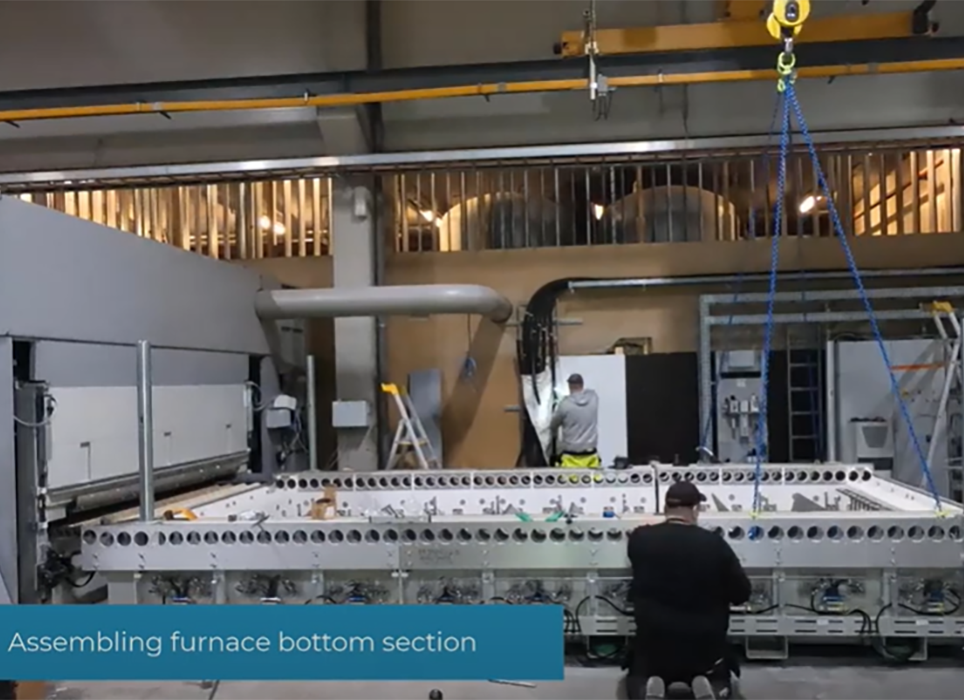
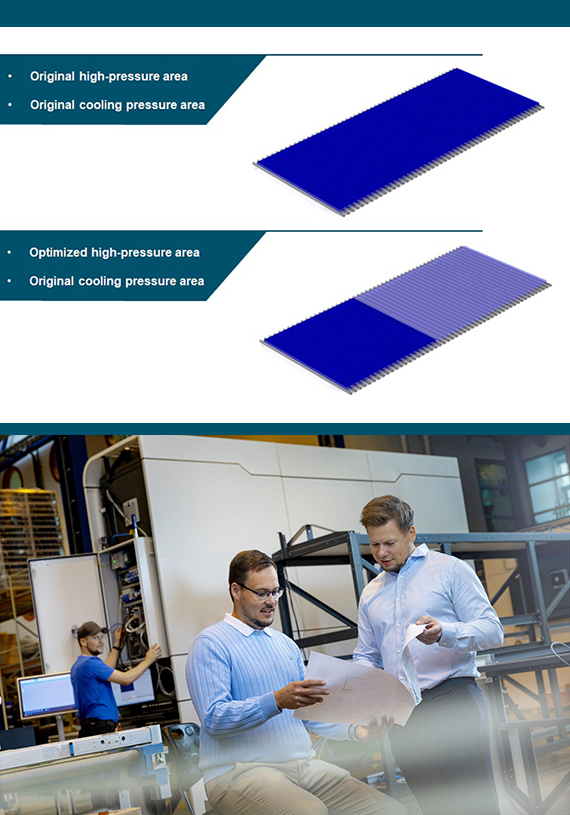
QUENCH ENERGY OPTIMIZATION
1. Quench Energy Optimization for new machines
Quench Energy Optimization reduces energy consumption by optimizing the quenching and cooling area based on loading length.
2. Quench Energy Optimization for existing machines
The UPG Quench Energy Optimization reduces energy consumption by optimizing the high-pressure flow during the quench cycle.
ENERGY-SAVING IMPELLER
Modernizing the blower impeller effectively saves energy.
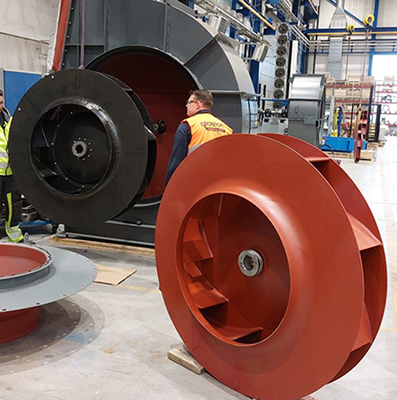

VARIABLE SPEED BLOWER CONTROL
The Variable Speed Blower Control System (S™) upgrade ensures the highest quench energy efficiency, higher productivity with less changeover time and reduced peak power.
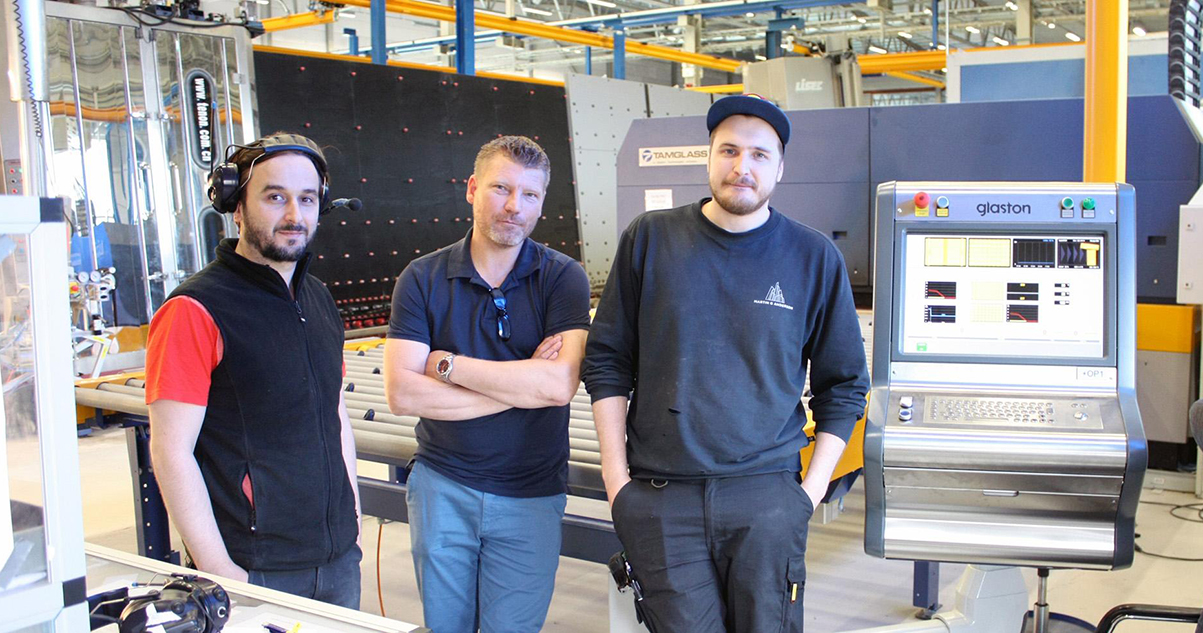
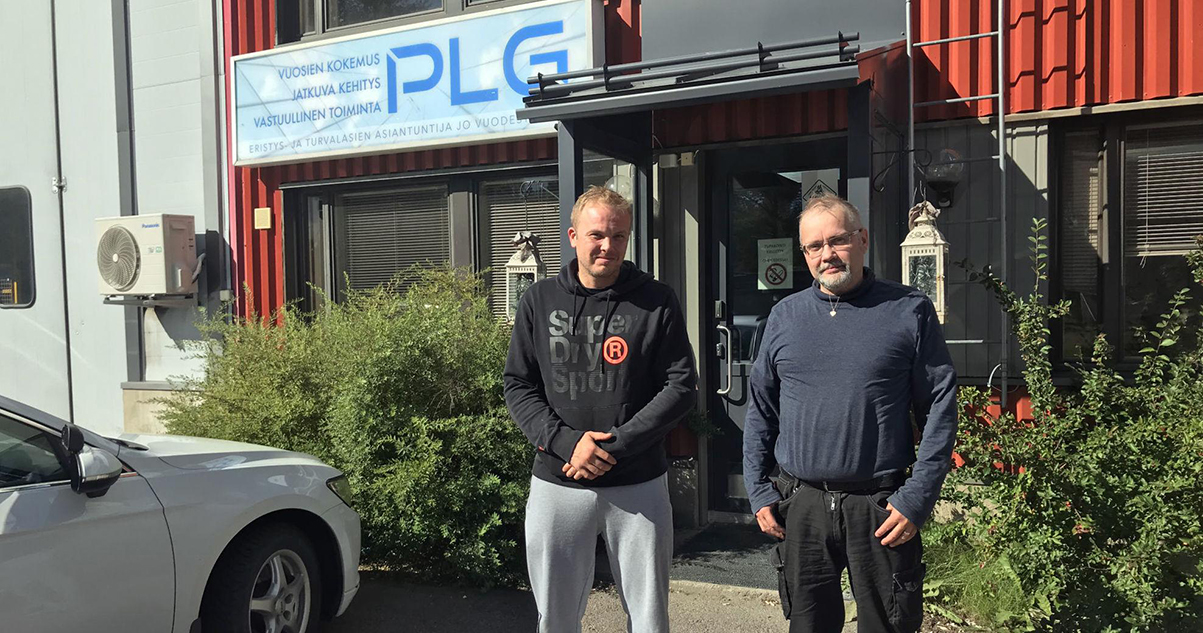
Martin G, Sweden
“The RHC upgrade is a very nice package. A way to transform our 2008 furnace into a 2017 model that is up to modern standards. And no need for a bigger machine. It’s got the same layout without requiring any extra power. In fact, the furnace uses less power now.”
Read morePLG, Finland
“When our customers began to require high-quality tempered glass, we moved swiftly ahead with an entry-level Glaston RC model. Since then, we have already been able to upgrade the line twice in response to the rapidly evolving market.”
Read moreBUYER’S GUIDE
This guide is a must-read for all of you considering a tempering line acquisition. It includes everything from tempering basics to common pitfalls in tempering projects. Avoid the mistakes of others and make your own project successful.
Read more